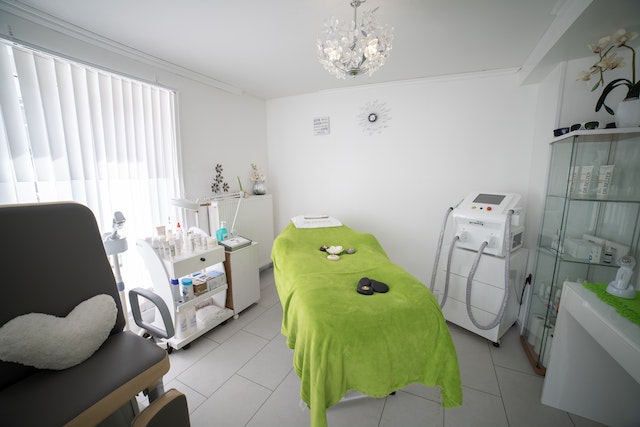
Introduction
In the realm of hospitality, ambiance is everything. It’s the silent host that welcomes guests, sets the mood, and leaves a lasting impression. Among the myriad elements contributing to the perfect atmosphere, lighting stands out as a powerful influencer. In this blog, we’ll explore the art and science of hospitality lighting, shedding light on its nuances and how it can transform spaces into memorable experiences.
I. The Importance of Lighting in Hospitality
Lighting in the hospitality industry serves a dual purpose: functionality and aesthetics. Proper illumination ensures safety, ease of navigation, and functionality within a space, while the aesthetic aspects create a unique ambiance that reflects the brand identity and elevates guest experiences.
II. Types of Hospitality Lighting
- 1. Ambient Lighting: This provides overall illumination and sets the general tone for a space. It’s often the first layer of lighting used in hospitality design, providing a comfortable level of brightness.
- 2. Task Lighting: Task lighting is functional and focused. It’s used in areas where specific tasks are performed, such as reading corners or work desks in hotel rooms. Proper task lighting enhances productivity and comfort.
- 3. Accent Lighting: Accent lighting emphasizes specific objects or areas, creating visual interest. It’s often used to highlight artworks, architectural features, or decorative elements within a hotel or restaurant.
- 4. Decorative Lighting: Decorative lighting fixtures serve both functional and aesthetic purposes. They are designed to enhance the overall decor and theme of the space, making a statement and leaving a lasting impression on guests.
III. Key Considerations in Hospitality Lighting Design
- 1. Color Temperature: The color temperature of light affects the mood of a space. Warm light (yellowish) creates a cozy atmosphere, while cool light (bluish) is energizing and modern. Finding the right balance is crucial.
- 2. Energy Efficiency: With the focus on sustainable practices, LED lighting has become the norm in the hospitality industry due to its energy efficiency, longevity, and flexibility in color and intensity.
- 3. Customization and Flexibility: Hospitality lighting should be adaptable to different scenarios and events. Smart lighting systems that can be controlled and customized remotely offer flexibility and enhance guest experiences.
- 4. Compliance and Safety: Hospitality lighting design must adhere to safety regulations and accessibility standards to ensure the well-being of guests and staff.
IV. Trends in Hospitality Lighting
- 1. Biophilic Lighting: Integrating natural elements into lighting design, such as mimicking sunlight patterns, helps create a calming and rejuvenating atmosphere.
- 2. Interactive Lighting: Lighting systems that respond to guests’ movements or preferences create a dynamic and engaging experience, leaving a memorable impression.
- 3. Sustainable Lighting: Sustainable materials, energy-efficient technologies, and designs that minimize light pollution are becoming increasingly popular, aligning with eco-conscious guest expectations.




